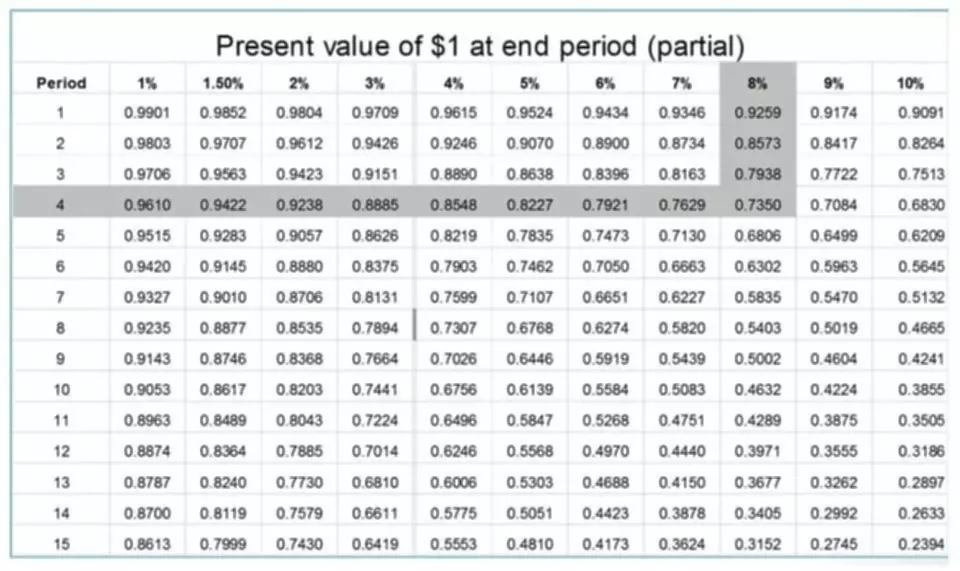Content

One must have a clear conception of the nature of the transaction to understand the double-entry system. This is how you would record your coffee expense in single-entry accounting.
The Balance sheet result is a “Net accounts receivable” less than the initial Accounts receivable value. In reality, even a small business may identify a hundred or more such accounts for its accounting system, while a large company may use many thousands. Nevertheless, for bookkeeping and accounting purposes, all named accounts fall into one of the five categories above . Using a double-entry system requires at least some level of formal training in accounting.
Step 3: Make sure every financial transaction has two components
However, satisfying the equation does not guarantee a lack of errors; the ledger may still “balance” even if the wrong ledger accounts have been debited or credited. Double-entry bookkeeping, also known as double-entry accounting, is a method of bookkeeping that relies on a two-sided accounting entry to maintain financial information. Every entry to an account requires a corresponding and opposite entry to a different account. The double-entry system has two equal and corresponding sides known as debit and credit. A transaction in double-entry bookkeeping always affects at least two accounts, always includes at least one debit and one credit, and always has total debits and total credits that are equal. The purpose of double-entry bookkeeping is to allow the detection of financial errors and fraud.

The so-called contra accounts “work against” other accounts in this way. In some situations, the contra accounts reverse the debit and credit rules from the table above. How the bookkeeper and accountant handle each transaction for an account depends on which of the five account categories includes the account. Also, whether a debit or a credit increases or decreases the account balance also depends on the account’s category. Exhibit 1 summarizes debit and credit conventions for the five account types.
Step 2: Use debits and credits for all transactions
In other words,debits and creditsmust also be equal in every accounting transaction and in their total. In the double-entry system, transactions are recorded in terms of debits and credits. Since a debit in one account offsets a credit in another, the sum of all debits must equal the sum of all credits. The double-entry system of bookkeeping standardizes the accounting process and improves the accuracy of prepared financial statements, allowing for improved detection of errors.

The trial balance has both a debit and credit side that are equal to each other. Every modern accounting system is built on the double entry bookkeeping concept because every business transaction affects at least two different accounts. For example, when a company takes out a loan from a bank, it receives cash from the loan and also creates a liability that it must repay in the future. This single transaction affects both theasset accountsand theliabilities accounts. Double entry accounting is a record keeping system under which every transaction is recorded in at least two accounts.
Accounting for Managers
The double-entry system began to propagate for practice in Italian merchant cities during the 14th century. Before this there may have been systems of accounting records on multiple books which, however, do not yet have the formal and methodical https://quickbooks-payroll.org/ rigor necessary to control the business economy. In double-entry bookkeeping, every transaction has a dual aspect. Every transaction affects two accounts at the same time, one account is debited while the other one is credited.
- For a company keeping accurate accounts, every single business transaction will be represented in at least of its two accounts.
- Recordkeeping is handled as single entry accounting and double entry accounting.
- Creating A Balance SheetA balance sheet is one of the financial statements of a company that presents the shareholders’ equity, liabilities, and assets of the company at a specific point in time.
- With plans starting at $15 a month, FreshBooks is well-suited for freelancers, solopreneurs, and small-business owners alike.
- Your books are balanced when the sum of each debit and its corresponding credit equals zero.
Any mismatch, if identified, will indicate a bookkeeping error, which could easily be rectified as the records are organized in a proper pattern. A double entry accounting system refers to the bookkeeping method where two entries are made simultaneously into two different accounts, indicating a firm’s cash inflow and outflow. The purpose is to tally both the accounts and balance the credit and the debit side. This accounting system helps organizations assess their overall performance in a financial year. The double-entry system of accounting or bookkeeping means that for every business transaction, amounts must be recorded in a minimum of two accounts. The double-entry system also requires that for all transactions, the amounts entered as debits must be equal to the amounts entered as credits. The balance sheet is based on the double-entry accounting system where total assets of a company are equal to the total of liabilities and shareholder equity.
Manucci was employed by the Farolfi firm and the firm’s ledger of 1299–1300 evidences full double-entry bookkeeping. Giovannino Farolfi & Company, a firm of Florentine merchants headquartered in Nîmes, acted as moneylenders to the Archbishop of Arles, their most important customer. Some sources suggest that Giovanni di Bicci de’ Medici introduced this method double entry accounting for the Medici bank in the 14th century, though evidence for this is lacking. For firms that use double-entry systems, every financial transaction causes two equal, and offsetting account changes. The change in one account is a debit , and the change in another is a credit . Increasing business volume increases the likelihood of clerical errors.
